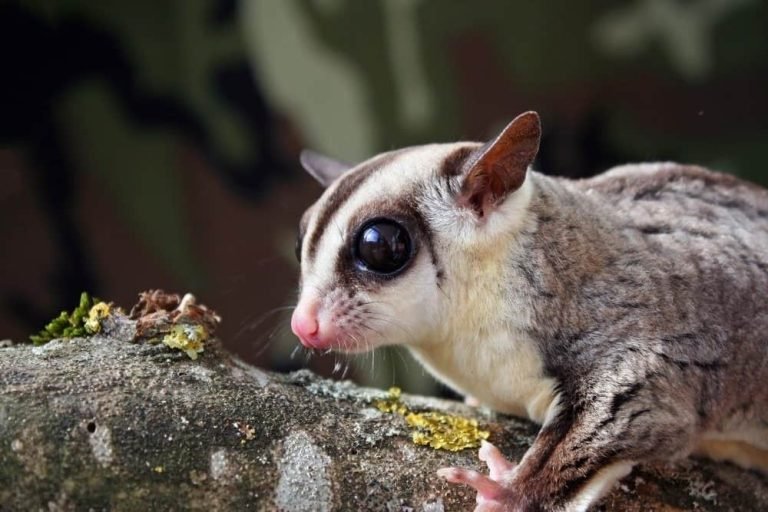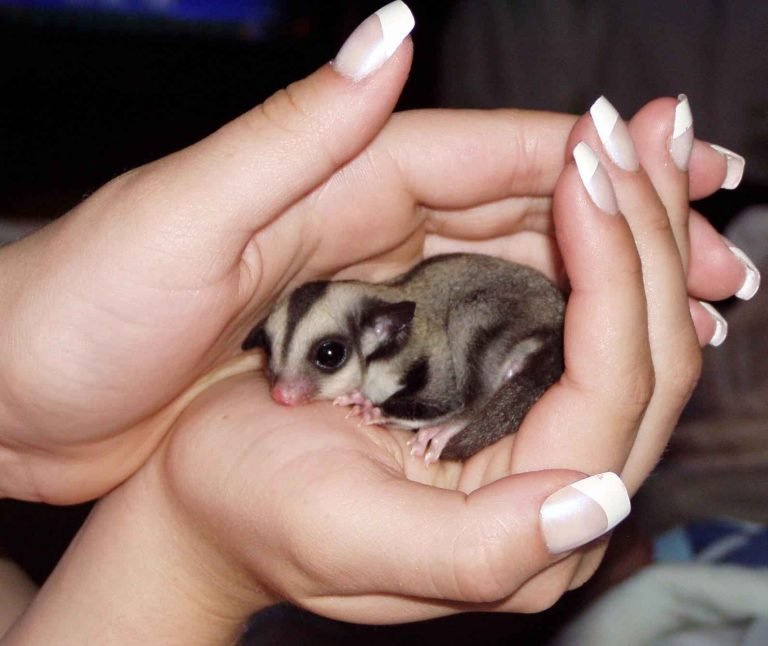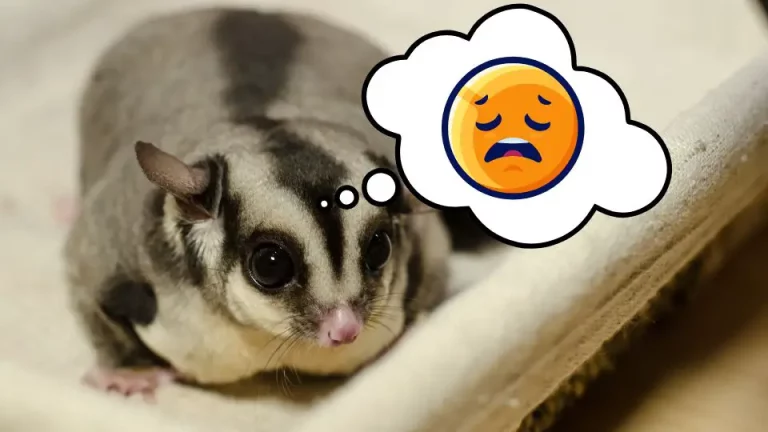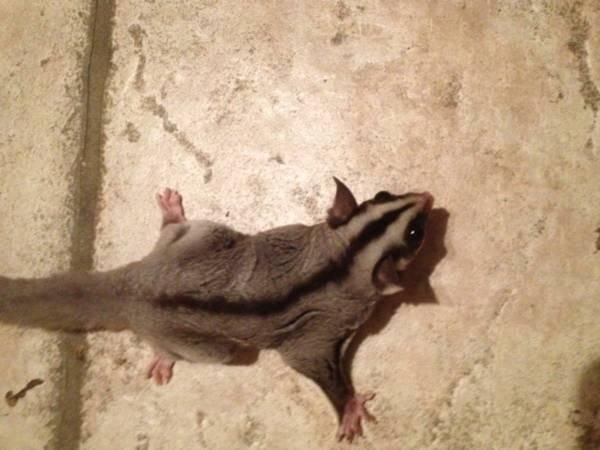How To Stop Sugar Gliders From Fighting
How to Stop Sugar Gliders from Fighting
Have you recently noticed that your sugar gliders have been engaging in aggressive behavior? Sugar gliders are social animals that typically live in groups, but occasional fights between gliders can occur. If you want to maintain a peaceful and harmonious environment for your furry friends, it’s important to address and resolve any conflicts as soon as possible. In this article, we will discuss some effective strategies and techniques to stop sugar gliders from fighting and promote a harmonious coexistence among them.
Understanding the Nature of Sugar Glider Fights
Before we delve into the methods to stop sugar gliders from fighting, it’s crucial to understand why these conflicts occur in the first place. Sugar gliders may fight due to a variety of reasons, including territorial disputes, resource guarding, hormonal changes, or dominance struggles. By understanding the underlying causes, we can implement targeted solutions to prevent and resolve these conflicts.
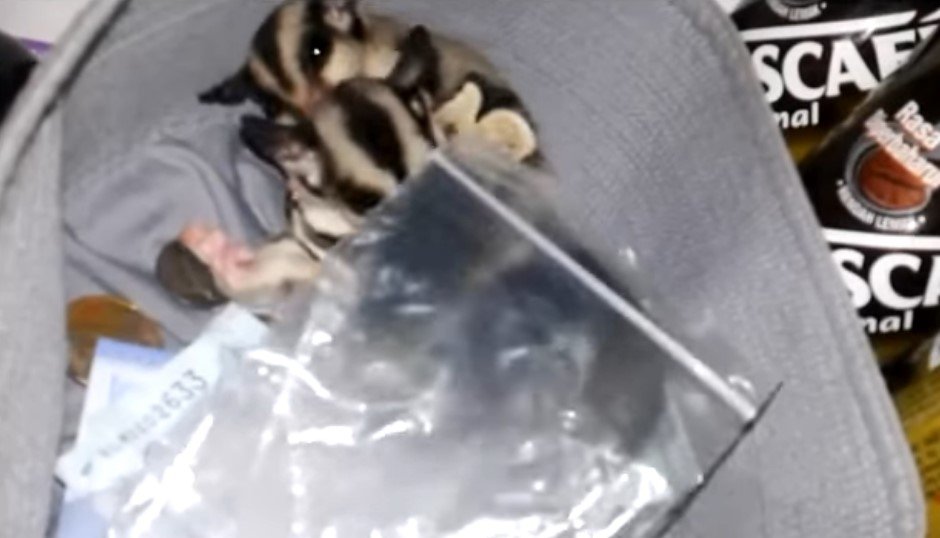
Creating a Suitable Environment
A conducive environment plays a significant role in preventing fights among sugar gliders. Here are some tips to create an environment that promotes peace and minimizes conflicts:
1. Provide Sufficient Space and Resources
Make sure your sugar glider enclosure is adequately sized to accommodate multiple gliders comfortably. Lack of space can cause stress and trigger fights. Additionally, ensure that there are enough resources, such as food bowls, water bottles, and hiding spots, to avoid competition among gliders.
2. Ensure a Balanced Diet
A well-balanced diet is essential for sugar gliders’ overall health and behavior. Lack of essential nutrients can lead to irritability and aggression. Consult with a veterinarian or a sugar glider specialist to ensure you’re providing a diet that meets your gliders’ nutritional requirements.
3. Provide Enrichment Activities
Engaging your sugar gliders in regular playtime and enrichment activities can help alleviate boredom and reduce aggression. Provide toys, climbing structures, and puzzles to keep them mentally stimulated and physically active.
Introducing New Gliders
If you plan to introduce a new sugar glider to an existing group, it’s crucial to follow a gradual and cautious introduction process. This will minimize the chances of fights and help the gliders establish a social hierarchy. Here’s how you can introduce new gliders successfully:
1. Separate Enclosures
Before the introduction, keep the new glider in a separate enclosure near the existing group. This will allow them to become familiar with each other’s scents and sounds without direct contact.
2. Swap Sleeping Pouches
After a few days of separation, exchange the sleeping pouches between the new glider and the existing group. This will further help in scent familiarization.
3. Supervised Playtime
Gradually introduce the gliders by allowing short supervised play sessions in a neutral space, such as a playpen. Monitor their interactions closely and intervene immediately if any signs of aggression are displayed.
4. Gradual Integration
Once the gliders show positive interactions during supervised playtime, you can progressively increase their time together, always keeping a close eye on their behavior. If any fights occur, separate them and try again later.
Addressing Conflicts within an Established Group
Even in a well-established group of sugar gliders, conflicts may arise from time to time. Here are some strategies to manage and resolve conflicts within an existing group:
1. Observe Behavior
Observe your gliders’ behavior closely to identify any specific triggers or dynamics causing the conflicts. Understanding the root causes will help you address the issues more effectively.
2. Separate Aggressive Gliders
If you notice aggressive behavior from a particular glider, it’s essential to separate them temporarily from the group to prevent further fights and evaluate their behavior in isolation.
3. Provide Individual Attention
Give individual attention to gliders who seem stressed or anxious. Spending some one-on-one time with them can help alleviate tension and promote bonding.
4. Reintroduce Gradually
Once the aggressive glider has shown signs of improved behavior, slowly reintroduce them to the group with short supervised interactions. If conflicts arise again, repeat the separation process before attempting reintroduction.
Frequently Asked Questions
1: Can sugar gliders be kept alone?
Sugar gliders are highly social animals and thrive in the company of their own kind. It is not recommended to keep them alone as prolonged isolation can lead to loneliness and behavioral issues.
2: What should I do if the fights persist despite my efforts?
If the conflicts among your sugar gliders continue despite your interventions, it may be best to consult with a veterinarian or an experienced sugar glider enthusiast for further guidance. They can provide a customized plan based on the specific dynamics of your glider group.
3: Are sugar gliders territorial?
Yes, sugar gliders can exhibit territorial behavior, especially when resource availability is limited. Providing ample space and resources can help mitigate territorial disputes.
Final Thoughts
Maintaining a harmonious living environment for sugar gliders requires patience, understanding, and proactive intervention. By creating a suitable environment, introducing new gliders carefully, and addressing conflicts within an established group, you can help prevent and resolve fights among these adorable creatures. Remember, each sugar glider is unique, so it’s essential to adapt and customize your approach based on their individual needs and behaviors. With the right strategies, you can create a peaceful and loving community for your sugar gliders to thrive.



